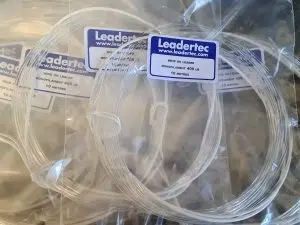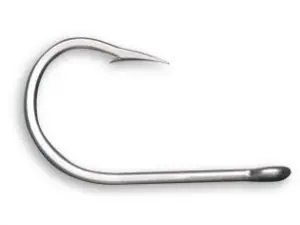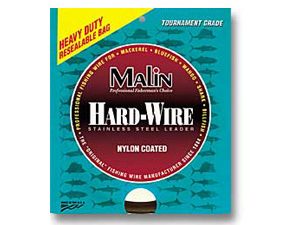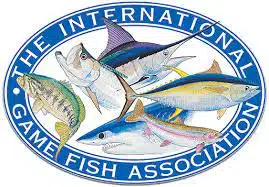Bimini Twist
The Bimini twist is the strongest knot for forming a loop in heavy monofilament. Big game anglers use it to form a double line to which the leader is attached. IGFA Angling rules allow a double line up to 30 feet and this can allow extra pressure to be applied to a big blue marlin or bluefin tuna once a few turns of double line are wound onto the reel. Alternative knots which can be used are the the Aussie plait or the Spider hitch for light tackle applications.
1) Begin by making a loop and twist the line at least 20 times.
Depending on the length you wish to make the double, two people may be required.
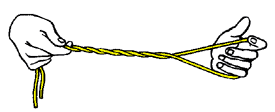
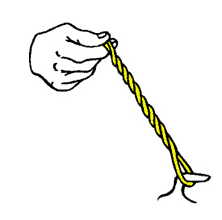
2) Alternately, you may attach the double to something (use a cleat or a rod in a holder and place the line over the rod butt) if another pair of hands is not available. In this case stand inside the loop facing away from the rod, and towards the knot. Be careful of line damage at the end of the double if you do use this method.
This example shows a short double being made. The double end can be placed around the knee or your foot for a double a bit longer. Apply steady tension so the twists come together. Ensure that tension is maintained at all times.
3) Keeping tension on the standing end (line to the reel), relax slightly the tag end and let it run down over the original twist. This process can be assisted by placing a finger in the “v” at the bottom of the twist.
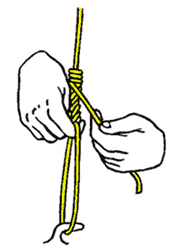
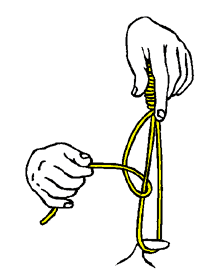
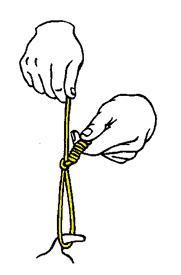
4) When the twists are completely wrapped, make a half-hitch around the right leg of the loop and pull tight. This will prevent the knot unraveling temporarily and allow you to proceed to the next step.
5) Complete the knot with a four turn locking hitch around both strands of the loop. Moisten the line with saliva and pull the tag end slowly. Use you thumb and forefinger to draw back the turns as you tighten them. Trim the tag end but leave enough line so the knot doesn’t unravel, which may (unlikely if tied correctly) happen if it is constantly moving in and out of rod guides. The unraveling can be prevented by applying super glue to the knot. A rubber type glue such as Aquaseal or Pliobond is also very useful.
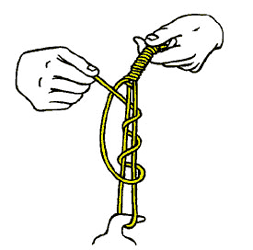

Always remember to test all knots before fishing
Good Fishing!
-
BIG GAME LEADER MONOFILAMENT
PRO RIGGER WIND ON LEADER – MONOFILAMENT
£20.99 – £24.99 Incl. UK VAT (VAT Free outside UK) Select options -
BIG GAME FISHING HOOKS
MUSTAD 7691DT SOUTHERN & TUNA HOOK
£3.20 – £6.50 Incl. UK VAT (VAT Free outside UK) Select options -
FISHING LINE & LEADER MATERIALS
MALIN NYLON COATED SINGLE STRAND STAINLESS STEEL LEADER WIRE
£10.25 – £13.25 Incl. UK VAT (VAT Free outside UK) Select options

